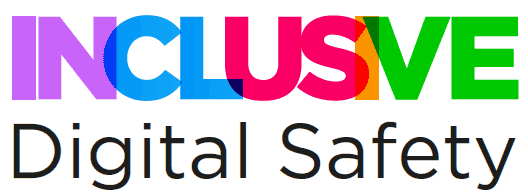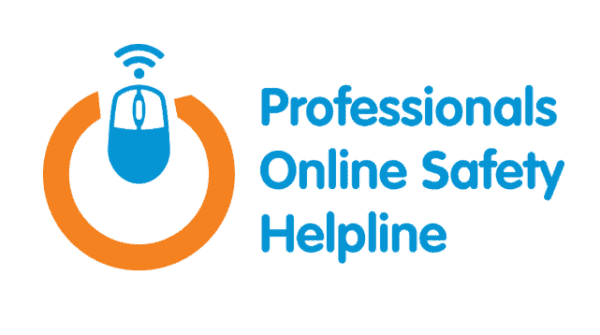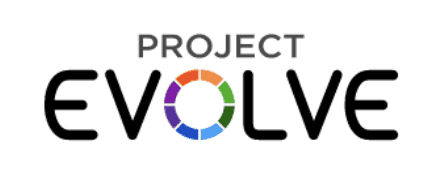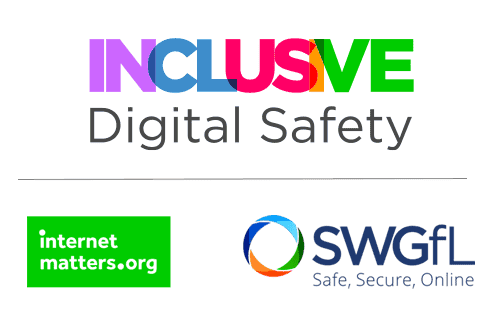Sensory and Physical (S&P)
Advice for professionals working with SEND aged 7 to 11
This SEND Index of Harms resource is for children and young people (CYP) with Sensory and Physical need. It is broken down by the strands from the Education for a Connected World Framework.









